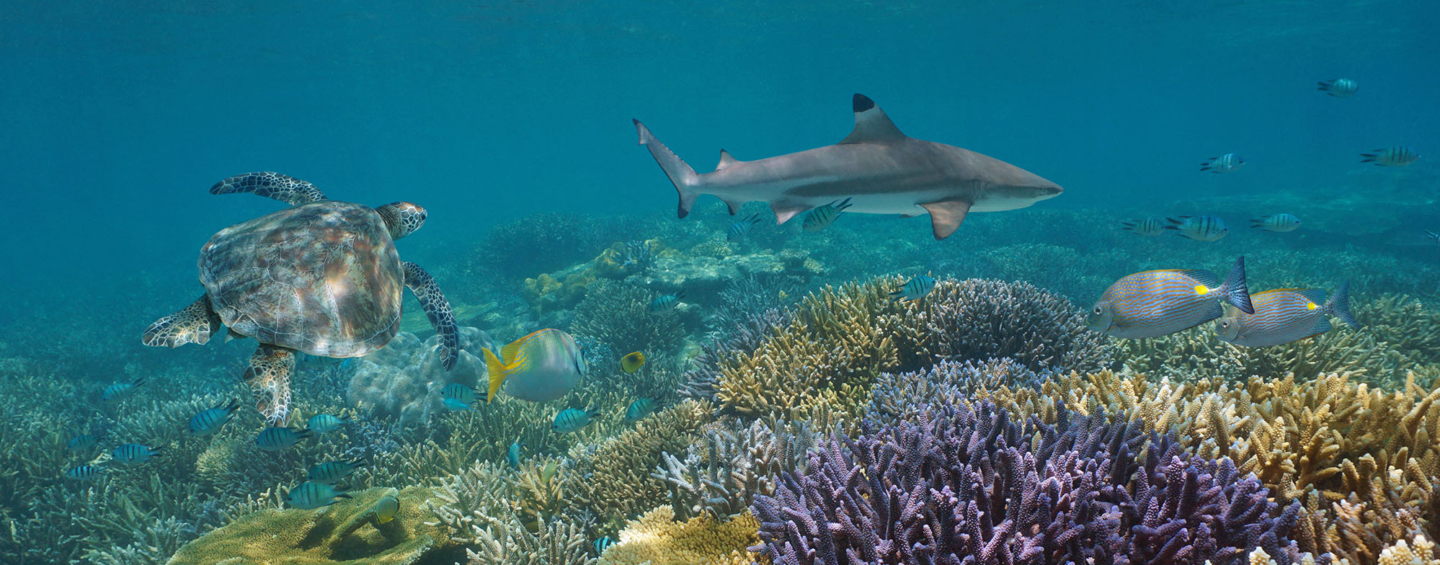Biodiversity around the globe is under severe threat from human activity. Earlier this year, the United Nations’ Intergovernmental Science-Policy Platform on Biodiversity and Ecosystem Services released a report that painted a grim picture for the future of the planet’s species, estimating that, if something doesn’t change soon, as many as 1 million plant and animal species could go extinct – some within decades. While there is often focus on the plight of biodiversity in the rainforest and other terrestrial ecosystems, the world’s oceans also hold an astounding, and often threatened, variety of life.
Safeguarding marine environments and conserving marine biodiversity is an important component of SFP’s work to ensure the sustainability of seafood products around the world. Indeed, it is essential to guarantee that fisheries are healthy and productive in the long term. One of the key priorities is to reduce the unintentional bycatch of non-target species, particularly endangered, threatened, and protected (ETP) species, such as turtles, sharks, rays, seabirds, and marine mammals. It is also important to reduce damage to coral reefs and other marine ecosystems around fisheries.
Many SFP initiatives have explicitly targeted biodiversity issues in fisheries:
SFP has been active in supporting fishery improvement projects (FIPs) in the Gulf of Mexico American shrimp fisheries for many years. A key achievement of these FIPs has been the requirement that participating shrimpers commission third-party evaluations of turtle excluder devices (TEDs) on their nets, to ensure the TEDs are properly installed and operating with peak performance. TEDs allow sea turtles to escape from the long, tube-shaped nets that are used to catch shrimp. This program is a clear example of how supply chain leverage in a fishery can help to protect biodiversity – when buyers requested that their suppliers be proactive about bycatch reduction, the proper use of TEDs increased, and the level of sea turtle capture has decreased.
In the upper Gulf of California shrimp fishery, the most significant biodiversity impact has been bycatch of the critically endangered vaquita porpoise through the use of illegal gillnets. It is estimated that less than 20 individual vaquitas are still living in the Gulf, the only place on Earth where these porpoises are found. SFP has worked closely with members of the Mexican Seafood Supply Chain Roundtable (SR) to support efforts to remove illegal fishing gear from the Gulf, request government action to facilitate the adoption of alternative gear by artisanal shrimp fishers, and use control documents to ensure that no illegal product enters the supply chains.
Bycatch is also a major problem in the longline tuna fishing sector. In 2018, SFP, in collaboration with Greenpeace, Birdlife International, and The Nature Conservancy, published a report for seafood supply chains that offers advice on how to minimize the bycatch of ETP species such as turtles, seabirds, and sharks, and how to ensure that tuna producers implement those practices.
With the support of the BAND Foundation, SFP has been working to address ETP impacts in FIPs around the globe. In the first phase of the project, SFP conducted a rapid assessment of FIP fisheries to determine which had bycatch issues with ETP species and whether they were adequately addressing those issues through their workplans. Armed with this information, SFP is engaging with key stakeholders to develop and implement best practices for bycatch monitoring and mitigation, improve the recording and public reporting of bycatch, and reduce the levels of bycatch of ETP species. While the project focuses on fisheries with existing FIPs, the hope is that success in these fisheries will leverage change in other similar fisheries.
Safeguarding the ocean’s biodiversity is a key challenge for all of us who work in the marine environment. Working closely with our partners, SFP is helping to ensure that sustainable fisheries stakeholders up and down the seafood supply chain integrate biodiversity considerations into their workplans and activities. Healthy species populations are important for the proper functioning of the marine ecosystems and for ensuring that there is a continuous supply of sustainable seafood products from now and into the future.

